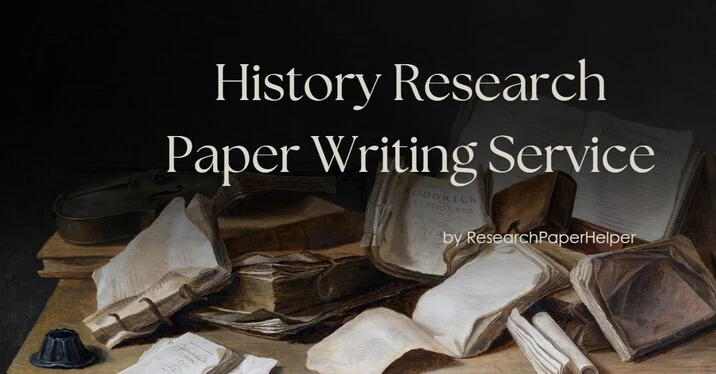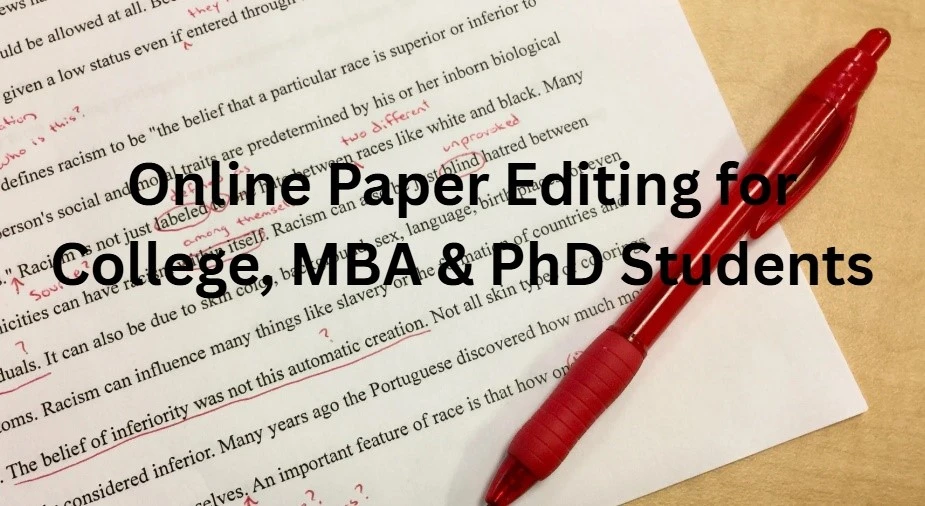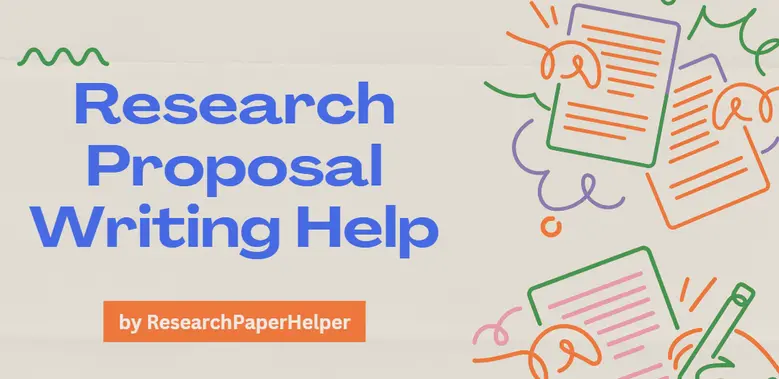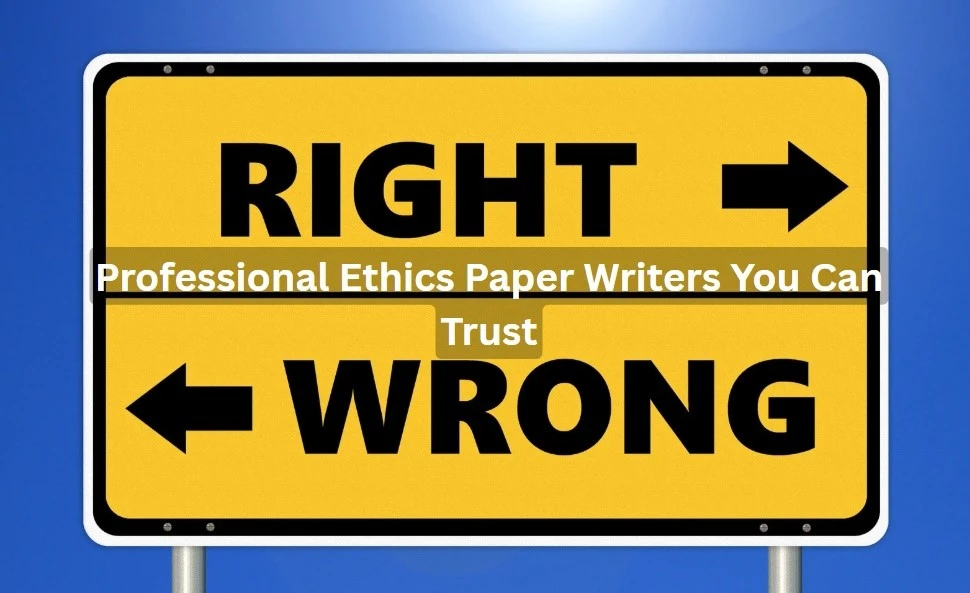
Having a clear research gap is more than a necessity in research projects, it’s your gateway to novel writing, passing the requirements, and publication. With years of expertise in academic research and research gap analysis, we understand that identifying and addressing these gaps is critical for crafting impactful research proposals, theses, or dissertations that drive innovation and discovery.
In this guide, we provide a comprehensive roadmap for how to identify a research gap, leverage research gap finder tools, and craft effective research gap statements, ensuring your work stands out. We also reveal secrets students use to find expert research paper help to assist with identifying and refining research gap statements, and conducting thorough literature reviews to bridge gaps in academic writing.
What Is a Research Gap? Definition and Meaning
A research gap refers to an area within a field of study where existing research is incomplete, insufficient, or absent, leaving unanswered questions or unexplored areas. Also known as a knowledge gap in research, it represents the difference between what is currently known and what needs to be discovered.
The research gap definition can vary slightly depending on the context, whether it's a research gap in qualitative research, quantitative research, or a research gap in a dissertation. In essence, it’s a missing piece in the academic puzzle that your research can address.
For instance, in AP research, a gap might be a lack of studies on a specific population, while in sport psychology, the research-to-practice gap refers to the disconnect between theoretical findings and their practical application.
Why Is Identifying a Research Gap Important?
The importance of a research gap lies in its ability to guide researchers toward meaningful contributions. Here’s why identifying a research gap matters:
- Ensures Originality: Pinpointing a research gap in a literature review guarantees your study adds new knowledge, avoiding duplication of existing work.
- Drives Relevance: Focusing on types of research gaps, such as theoretical or population gaps, aligns your research with current academic and societal needs.
- Enhances Funding Prospects: A well-defined research gap statement in proposals demonstrates the study’s necessity, increasing approval chances.
- Guides Research Design: Understanding gaps, like those in qualitative research or quantitative research, shapes your methodology and research questions.
- Addresses Real-World Issues: Programs like clinical research gap year programs use gaps to tackle practical challenges, such as unmet healthcare needs.
Addressing a gap ensures your work is original, relevant, and impactful. In a research proposal, highlighting the significance of a research gap strengthens your case for funding or academic approval by demonstrating the necessity of your study.
Types of Research Gaps
Understanding the types of research gaps is crucial for tailoring your research approach. Common types include:
- Theoretical Gap: Missing frameworks or models in a field.
- Empirical Gap: Lack of data or evidence to support existing theories.
- Methodological Gap: Absence of studies using specific research methods, such as qualitative or quantitative research gaps.
- Population Gap: Understudied groups or demographics.
- Practical Gap: Disconnect between research findings and real-world applications, such as the sport psychology research-to-practice gap.
- Systematic Review Gap: Areas where comprehensive reviews are missing, as seen in systematic review research gaps.
Each type requires a unique approach to identification and resolution, making it essential to align your research with the specific gap type.
How to Identify a Research Gap: Easy Steps
Identifying a research gap in a literature review, thesis, or dissertation is a critical step to ensure your research is original and impactful. A research gap, whether a knowledge gap in research, qualitative research gap, or quantitative research gap, represents an unexplored or underexplored area in existing studies. Here’s how to find a research gap in 2025 with a systematic, expert-driven approach:
1. Conduct a Comprehensive Literature Review
To identify research gaps in a literature review, thoroughly analyze existing studies in your field. Look for:
- Inconsistencies: Conflicting findings or unresolved debates.
- Underexplored Areas: Research topics, populations, or contexts with limited research, such as gaps in existing literature.
- Outdated Research: Studies that no longer align with current trends or technologies.
Use academic databases like Google Scholar, PubMed, or JSTOR to map the current state of research and pinpoint research opportunities.
2. Leverage Research Gap Finder Tools
Research gap finder tools streamline the process of finding a research gap. Popular options include:
- Connected Papers, ResearchRabbit, and Litmaps: These visualize research trends and highlight types of research gaps.
- Research Gap Finder Online Free Platforms: Tools like Semantic Scholar or Iris.ai use AI to suggest unexplored areas.
- Software for Research Gap Analysis: NVivo and MAXQDA assist in analyzing qualitative data to uncover gaps.
For those asking, “What is the website to find research gaps?” or “What software is used to identify the research gap?”, these tools are highly effective for identifying gaps in previous studies.
3. Focus on Emerging Trends in 2025
To find a research gap in literature review, explore emerging technologies, policies, or societal shifts. For example:
- New AI advancements or sustainable practices may lack sufficient studies.
- Evolving fields like telemedicine or renewable energy often reveal research gaps in academic writing.
- Consider niche areas, such as research gaps in qualitative research or systematic review research gaps, to stay ahead.
4. Distinguish Between Research Gap and Research Problem
Understanding the research gap vs. research problem is key:
- A research gap is an unexplored or understudied area in the literature.
- A research problem is a specific issue within that gap that your study aims to address.
Align your research questions with the identified gap to ensure focus and relevance in your thesis or research proposal.
5. Consult Experts and Peers
Engage with mentors, advisors, or academic communities to validate potential gaps. This is especially crucial for identifying research gaps in a thesis or dissertation writing. ResearchPaperHelper remains one of the leading websites with expert writers specializing in writing original research papers, proposals, dissertations, and thesis. We support students looking for how to find a gap in the literature or complete an entire dissertation project.
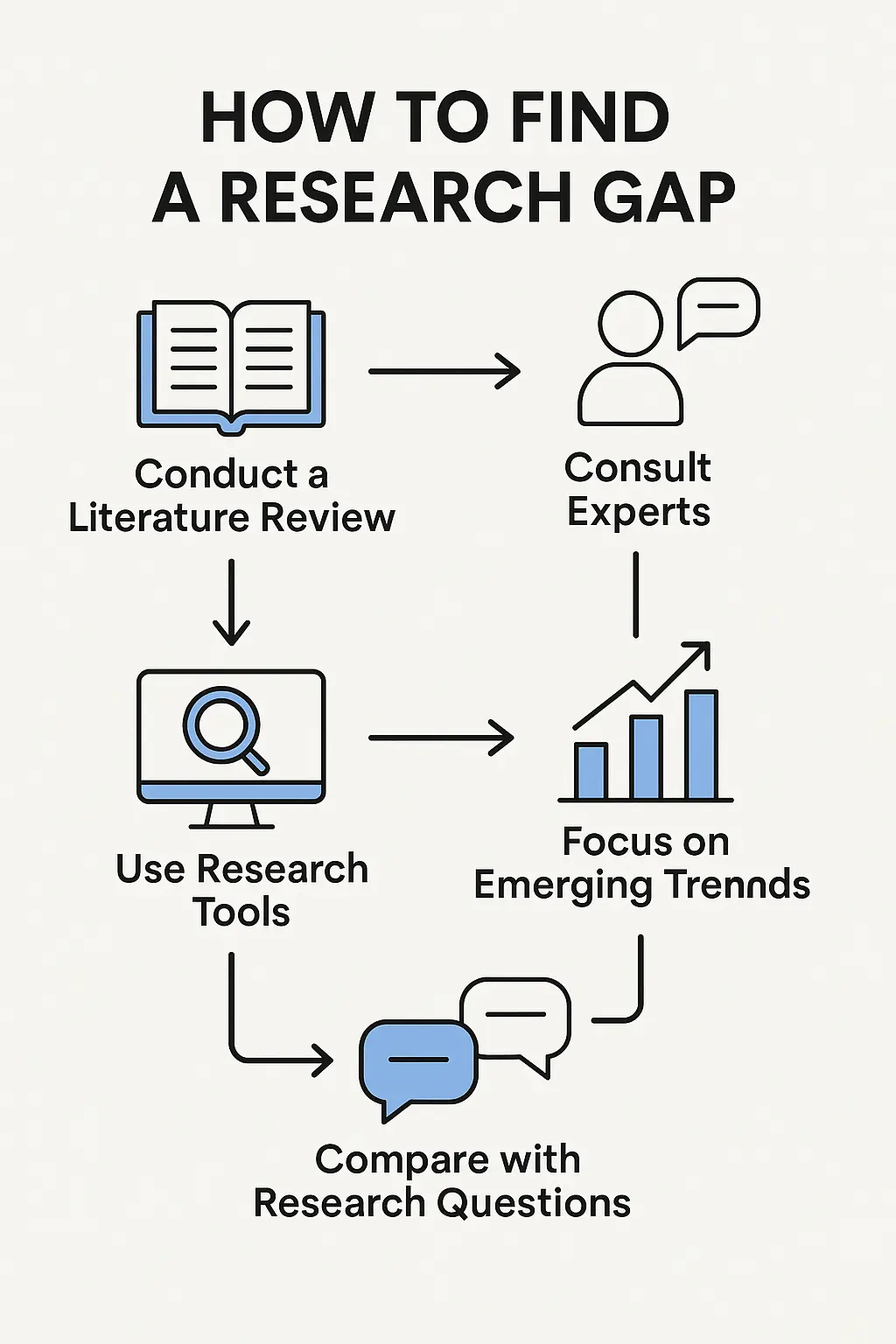
By following these steps, you can confidently identify a research gap, ensuring your work addresses critical gaps in existing literature and contributes meaningfully to your field.
How to Write a Research Gap Statement in a Research Paper
Crafting a research gap statement is a pivotal skill in academic writing, especially for research proposals, theses, and dissertations. A well-written statement clearly articulates the research gap and justifies its significance. Here’s how to write a research gap statement effectively to strengthen your research paper or thesis:
1. Summarize Existing Literature
Begin by providing a concise overview of the current state of research in your field. Highlight key findings and established knowledge to set the context for the research gap in academic writing. For example:
- Reference major studies or literature reviews relevant to your topic.
- Use academic databases like Google Scholar or PubMed to ensure accuracy.
- Keep this section brief, focusing on what’s known to set up the research gap definition.
Example: “Extensive research exists on renewable energy efficiency, particularly solar panels, in temperate climates.”
2. Highlight the Research Gap
Clearly state the research gap using precise language to pinpoint what’s missing. Use phrases like:
- “However, there is limited research on…”
- “No studies have explored…”
- “A gap exists in understanding…”
Be specific about the type of gap, such as a theoretical gap, methodological gap, qualitative research gap, or quantitative research gap. This step is crucial for identifying research gaps in a literature review or dissertation.
Example: “However, there is limited research on solar panel performance in extreme arctic conditions.”
3. Justify the Importance of the Gap
Explain the significance of the research gap to underscore why it matters. Connect the gap to:
- Academic contributions, such as advancing theory or filling gaps in previous studies.
- Practical implications, like addressing societal or industry needs.
- Relevance to your field, ensuring alignment with research opportunities or funding priorities.
This step strengthens your research proposal or thesis by showing the gap’s impact. Example: “Addressing this gap is critical for optimizing renewable energy solutions in polar regions, supporting sustainable development.”
4. Link to Your Research
Demonstrate how your study will address the identified research gap. Clearly outline:
- How your research questions or objectives target the gap.
- The methodology you’ll use, whether qualitative, quantitative, or mixed methods.
- The expected contribution to the field, such as filling a research gap in a thesis or research paper.
Example: “This study will fill this gap by conducting field experiments to assess solar panel efficiency in arctic climates, providing data to inform energy policy.”
By mastering how to write a research gap statement, you ensure your research gap in a thesis, dissertation, or research paper is compelling, positioning your work as a valuable contribution to your field.
Research Gap Statement Examples
“While extensive research exists on the impact of social media on mental health among teenagers, there is a research gap in academic writing regarding its effects on elderly populations in non-Western countries. This gap is significant due to the growing use of digital platforms among older adults and the need for culturally relevant mental health interventions. This study addresses this research gap in qualitative research by conducting interviews with elderly users in Southeast Asia to explore their experiences.”
For more research gap statement examples, refer to published dissertations or journal articles. You can also find research gap example PDFs in academic journals or university repositories, which often provide case studies or templates.
Can Someone Write My Research Gap for Me?
Yes, our expert writers can do a precise and impactful research gap statement tailored to your academic needs. Whether you’re working on a research gap in a dissertation or a research paper, we provide professional assistance to ensure originality and clarity.
Here’s what you gain when you choose us to write my literature review and research gap:
- Customized Gap Identification: Our research gap writer for hire team conducts in-depth analysis using advanced research gap finder tools to pinpoint unique gaps specific to your topic, ensuring relevance and novelty.
- Professionally Crafted Statements: We specialize in how to write a research gap statement, delivering concise, evidence-based statements that align with your research gap in qualitative research or quantitative research objectives.
- Comprehensive Support: Beyond gaps, we offer research paper writing help, including drafting sections like introductions or methodologies, so you don’t need to ask, “Can someone do my research paper for me?”
- Time-Saving Expertise: Our writers save you hours by synthesizing complex literature and articulating the research gap in a research paper, allowing you to focus on other academic priorities.
- Plagiarism-Free Guarantee: Every gap statement is original, crafted to meet your specific requirements and academic standards.
Our research paper writing services provide tailored, high-quality solutions for your research gap in a dissertation or research paper. Let us handle the complexity of writing a literature review and research gap, delivering results you need.
Get Your Custom Research Gap Today
Ready to elevate your research with a professionally crafted research gap statement? Our expert writers are here to deliver tailored, high-quality solutions for your research paper or dissertation. Follow these simple steps to get started:
- Place Your Order: Submit your project details, including your topic, academic level, and specific requirements for your research gap in a research paper or dissertation.
- Choose Your Writer: Select from our team of experienced research gap writers for hire who specialize in qualitative or quantitative research gaps to match your needs.
- Get Your Paper: Receive a custom, plagiarism-free research gap statement and supporting materials, delivered on time to boost your academic success.
Don’t wait, contact us now to get your custom research gap and literature review to make your research project stand out!










